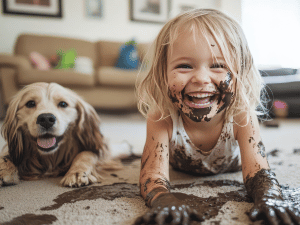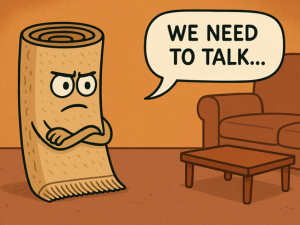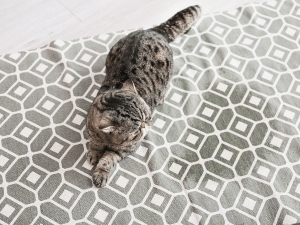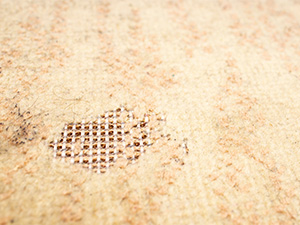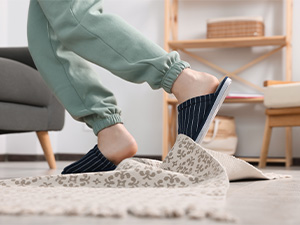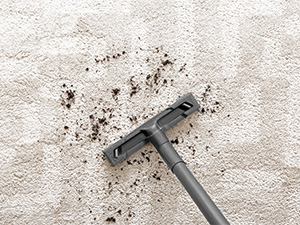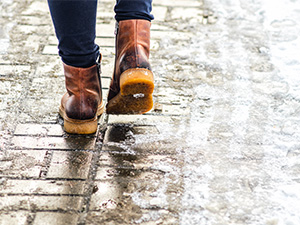You might think you’re taking great care of your carpets—but what if some of your “cleaning hacks” are actually doing more harm than good?
At {companyname}, we’ve seen it all—homeowners using popular carpet care tricks that actually lead to damage, stains, and costly replacements. It’s time to uncover the truth behind these myths and learn how to keep your carpets looking fresh, soft, and beautiful for years—without wasting time or money.
Myth #1: “Vacuuming Too Often Wears Out Your Carpet”
Truth: Regular vacuuming is one of the best ways to extend your carpet’s lifespan. Dirt and grit that sit between fibers act like sandpaper, breaking them down over time.
Vacuum at least twice a week—especially in high-traffic areas—to keep your carpet looking newer, longer.
Myth #2: “DIY Steam Cleaning Works Just as Well as Professionals”
Truth: While rental machines may seem convenient, they rarely achieve the deep clean that professional systems provide. Incomplete water extraction can lead to mildew, residue buildup, and lingering odors.
Professional carpet cleaners like {companyname} use commercial-grade equipment that removes moisture and deep dirt safely—saving you money in the long run.
Myth #3: “Carpet Cleaning Shrinks or Ruins Carpets”
Truth: That’s an outdated concern. Modern carpet fibers and professional cleaning methods are designed to handle moisture safely. Problems occur only when inexperienced cleaners or DIY attempts over-wet the carpet.
With using quality professional carpet cleaners, your carpets will dry quickly and look vibrant without damage.
Myth #4: “Store-Bought Stain Removers Work on Everything”
Truth: Some over-the-counter products can set stains permanently or bleach your carpet fibers. Instead of guessing, call in professionals who know how to match stain removal techniques with specific fiber types.
Myth #5: “If It Looks Clean, It Doesn’t Need Cleaning”
Truth: By the time a carpet looks dirty, it’s already loaded with allergens, dust mites, and pollutants you can’t see. Routine professional cleaning every 6–12 months prevents buildup and keeps your home’s air quality healthier—especially if you have kids or pets.
The Bottom Line
Skipping or mishandling carpet cleaning can lead to costly repairs, replacements, or even health issues. Trust {companyname} to handle your carpet care the right way—using safe, effective, and eco-friendly solutions that protect your investment and your family’s well-being.
Serving the {location} area, we’re your trusted partner for carpet cleaning done right.
By Deborah Shaw-Nelson. This article is one of a series of Caring For It™ articles written and published on behalf of Surface Care PRO Partners.


